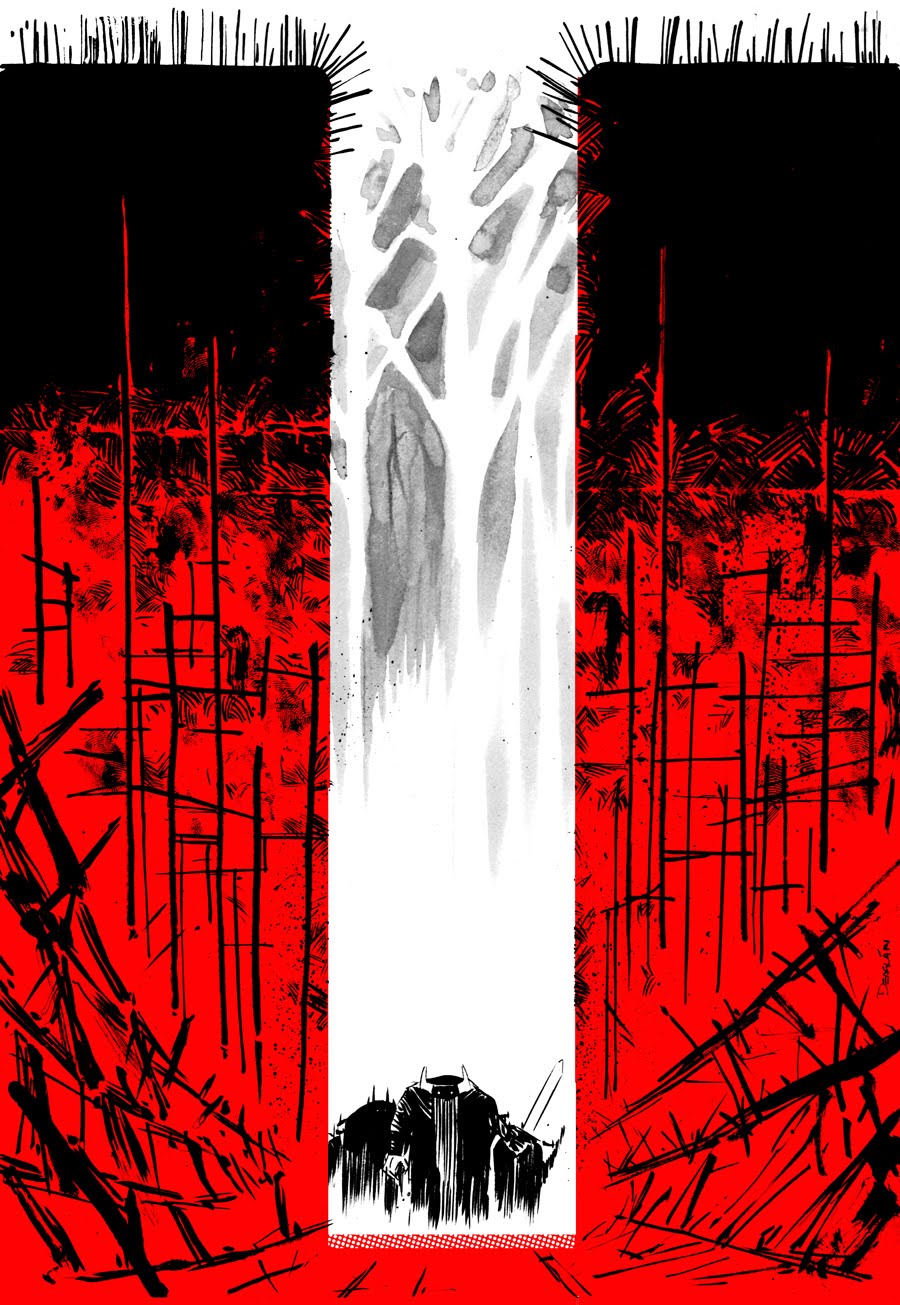Anomaly Appraisal: The 100 Greatest Looney Tunes

Via: The Cartoon Cave
We got some snow here in Baltimore last night, so today I get to work from home! Without having to engage in the usual race against time that I normally do to write a post, I became rather distracted by some Looney Tunes on YouTube. Having grown up with all of them, it was very hard not to watch just a few as they finally give me the impetus I needed to post my review of The 100 Greatest Looney Tunes.
Edited by Jerry Beck (whom you all should know as one half of Cartoon Brew and the guy who knows more about classic animation than anyone else), it does pretty much exactly what it says on the tin. However, this is no mere directory of shorts, but a carefully curated collection of the ones that stand out, that are worth mentioning and, as Jerry notes in his introduction, are worthy of being ranked among the classics of American cinema from the same era.
The book is superbly laid out with each short getting a two-page spread with screenshots on one and the commentary opposite. There is the title, a quote, the production details, a short paragraph description and then there is the real gem of the book, the personal responses.
See, there are tons of books out there that detail Looney Tunes shorts and there are plenty of books out there that contain personal tales of people’s favourite ones, but rarely are the two brought together so wonderfully. The commentators includes a who’s who of animation folk, such as Linda Simensky, Michael Sporn, Greg Ford, Eric Goldberg, Mark Mayerson, J. J. Sadelmaier, the list goes on and on.
What makes all these personal responses so great is exactly that, they’re personal! Many remark about how much they learned from watching these shorts, and indeed how often they used to view them, mostly on TV re-runs. While reading through them, I found myself on more than one occasion mentally playing the film in my head, which only added to the enjoyment as I recalled all the gags and indeed, my own viewing experiences.
The Looney Tunes series of shorts are just one series that have had a profound effect on American culture. Their longevity is proof that they have managed to transcend the fickle nature of the entertainment industry, where fads rule and films can date quicker than the Chinese food in the fridge. The 100 Greatest Looney Tunes is a superb companion book that should bring back fond memories of these shorts, and may also inspire you to seek them out again. Highly recommended and can be bought on Amazon.
Anomaly Appraisal: The 100 Greatest Looney Tunes Read More »

 Via:
Via: 



